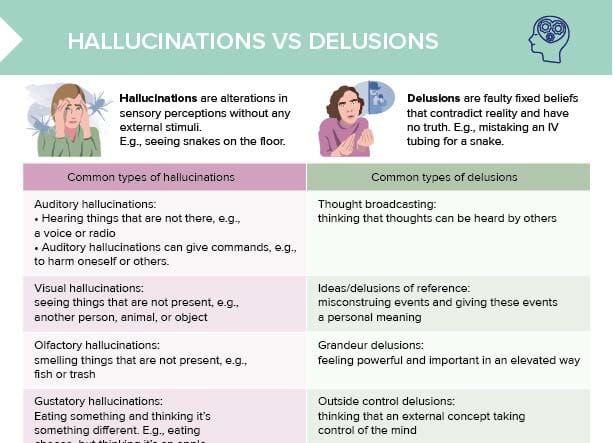What is an eating disorder?
Eating disorders are serious mental health conditions characterized by abnormal or disturbed eating behaviors and related thoughts and emotions.
How many people have eating disorders?
Eating disorders are relatively common, some estimate around 9% of the population being affected within their lifetime. People of every race, cultural background, socio-economic status, age group and gender can experience eating disorders, with adolescent females most commonly reported.
What causes eating disorders?
Eating disorders are complex and usually result from a combination of factors. These can include genetic predisposition, psychological factors like low self-esteem or perfectionism, societal pressure around body image, and stressful life events or changes. It’s important to understand that eating disorders are not a choice; they are serious illnesses that require treatment.
What is body dysmorphia?
Body dysmorphic disorder (BDD), or body dysmorphia, is a mental health condition where a person spends a lot of time worrying about flaws in their appearance. These flaws are often unnoticeable to others. (Definition by NHS.uk)
Types of eating disorders
Common types of eating disorders include:
- Anorexia nervosa (extreme food restriction and fear of gaining weight)
- Bulimia nervosa (binge eating followed by purging)
- Binge eating disorder (frequent episodes of uncontrollable eating)
Characteristics of common eating disorders
| Anorexia nervosa |
|
| Bulimia nervosa |
|
| Binge eating disorder |
|
Related videos
Eating disorder symptoms: What are signs of an eating disorder?
Signs and complications of common eating disorders
| Anorexia nervosa | Bulimia nervosa | Binge eating disorder | |
| Signs |
|
|
|
| Complications |
|
|
|
Eating disorder treatment & therapy
A multidisciplinary treatment plan should be tailored to the individual’s needs. May include:
- Individual therapy
- Group therapy
- Family therapy
- Psychopharmacology: antidepressants & anxiolytics
- Nutritional education
- Nutritional counseling & diet plan
Nursing care considerations for eating disorders
- Be aware of signs & screen for eating disorders in all client populations.
- Establish trusting, non-judgmental relationship.
- Explore feelings & underlying psychological concerns.
- Facilitate collaboration among the multidisciplinary team.
- Monitor food intake and weight gain, while being conscious of language and client triggers.
- Support development of healthy, realistic body image.
What is the primary distinction between bulimia nervosa and binge eating disorder?
The primary distinction between bulimia nervosa and binge eating disorder is defined by the response after a binge.
- Bulimia nervosa: compensatory behaviors after binge eating like vomiting, excessive exercise, laxative abuse
- Binge eating disorder: typically no compensatory behaviors after binging

